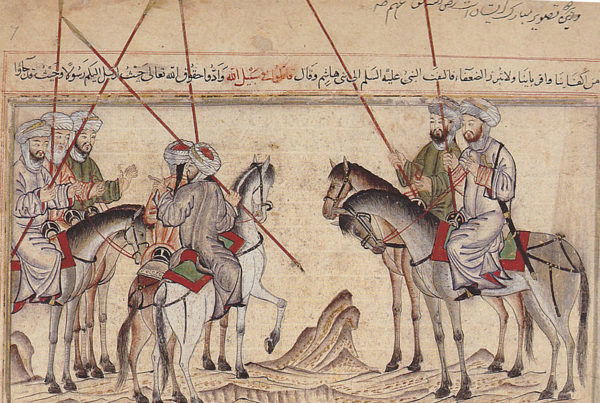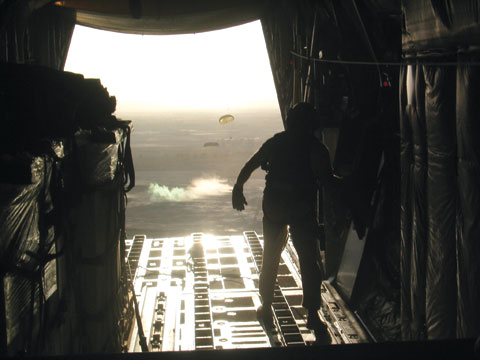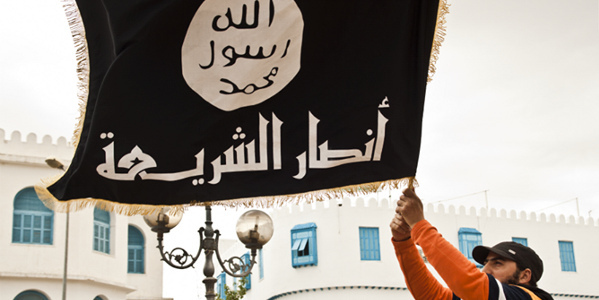“Amateur” historians are often no such thing, but are faithful chroniclers who work for the love of something particular. In recent years, a host of such have arisen to dissect unit diaries, log books, order sheets and the minutiae of dozens of militaries in the 20th Century. Their work is vital and praiseworthy.
One such book, Thunderbirds for Peace (Larmont Associates, Ottawa, 2004) concerns the achievements of an RCAF transport squadron; and is the work of a veteran of that squadron and a long-time friend of the Institute, Larry Motiuk. The daily doings of 426 Squadron RCAF – in the days after they landed their last Lancaster bomber from a mission over Hitler’s Germany to their 1962 disbandment would seem to be of little interest except for two impressions beyond the author’s exacting details.
First, it has become easy to forget just how busy our military was in the early Cold War Era of 1945-1962, but the record of a transport squadron ferrying troops and equipment throughout the world shows just how “globalized” our Armed Forces were – flying from Alaska to what is now Zaire and dozens of destinations in between. Secondly, the role of the military in nation building is often overlooked, especially in Canada. But the development of the Canadian Arctic was a major achievement, and the RCAF was the major contributor to this effort. Of military pilots it is said that “fighter pilots make movies, bomber pilots make history.” It might be said that transport pilots make all things possible.








